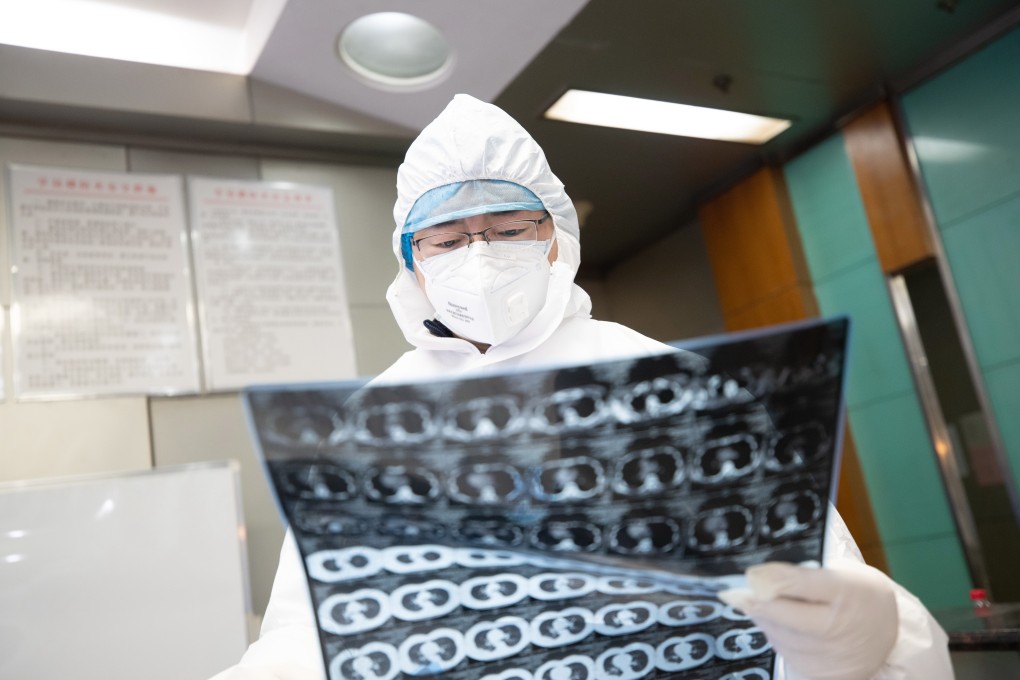Advertisement
Coronavirus: severe cases up but ‘signs of faster diagnosis’ in China
- Chinese health expert says increase in more serious patients is not a sign of deadlier virus
- Assessment of new caseload at various sites needed to determine if outbreak has peaked, former WHO epidemiologist says
Reading Time:2 minutes
Why you can trust SCMP

China has reported a significant drop in new suspected cases and a rise in confirmed and severe cases of the deadly coronavirus since Tuesday, signs that diagnosis is speeding up, according to Chinese health experts.
The number of new suspected cases dropped from 5,173 on Sunday and 5,072 on Monday to 3,971 on Tuesday, a total that remained unchanged on Wednesday night.
In Hubei province, the epicentre of the outbreak, new suspected cases dropped from 3,260 on Sunday, and 3,182 on Monday to 1,957 cases on Tuesday.
Advertisement
But the number of confirmed cases and severe cases jumped. On Tuesday, 3,887 new confirmed cases were reported nationwide, including 3,156 in Hubei. That total was higher than the 3,235 on Monday and the 2,829 on Sunday.
The number of new serious cases also rose, up from 315 on Saturday to 431 on Tuesday.
“You can tell from the latest figures that there is a significant drop in new suspected cases, one of the reasons is the improvement of our capability of diagnosis, so that we can confirm or rule out suspected cases,” National Health Commission spokeswoman Song Shuli said.
Advertisement
Advertisement
Select Voice
Choose your listening speed
Get through articles 2x faster
1.25x
250 WPM
Slow
Average
Fast
1.25x